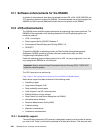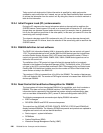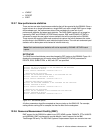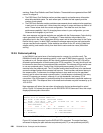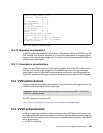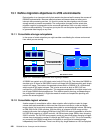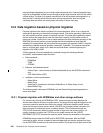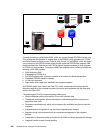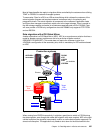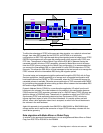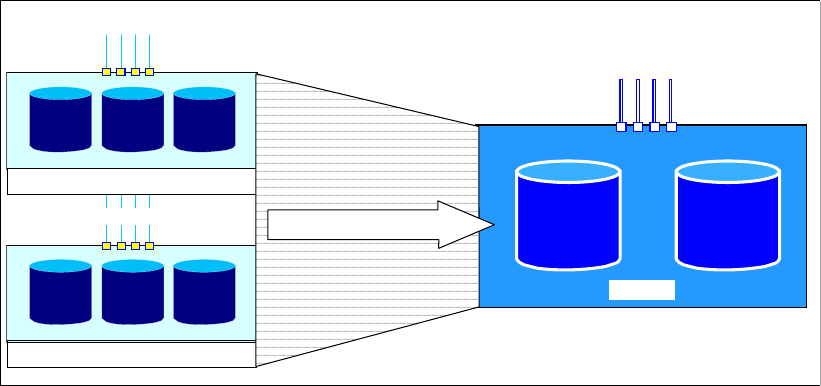
252 DS6000 Series: Concepts and Architecture
13.1 Define migration objectives in z/OS environments
Data migration is an important activity that needs to be planned well to ensure the success of
DS6000 implementation. Because today’s business environment does not allow you to
interrupt data processing services, it is crucial to make the data migration onto the new
storage servers as smooth as possible. The configuration changes and the actual data
migration ought to be transparent to the users and applications, with no or only minimal
impact on data availability. This requires you to plan for non-disruptive migration methods and
to guarantee data integrity at any time.
13.1.1 Consolidate storage subsystems
In the course of a data migration you might consider consolidating the volume environment
from which you are coming.
Figure 13-1 Consolidation opportunities when migrating to DS6000
A DS6800 can contain up to 32 logical control units (LCUs) at GA. This allows the DS6800 to
simulate up to 32 times an IBM 3390-6 control unit image with 256 devices within each single
control unit image. The number of supported volumes within a DS6800 is 32 x 256 devices
which equals 8,192 logical volumes. This is twice as much as what an ESS 2105 can
configure for a z/OS-based configuration. This suggests consolidation of multiple control units
into a single DS6800 disk storage server. This requires careful planning, and depending on
the configuration complexity, it might take weeks or months to complete the planning and
perform the actual migration.
13.1.2 Consolidate logical volumes
Another aspect of consolidation within a data migration effort might be to plan for larger
volume sizes and consolidate or fold more than one source volume to a new and bigger
target volume. Up to now most customers have relied on a standard sized volume, that being
an IBM 3390-3 with 3,339 cylinders. With the affinity of volumes to RAID arrays and the
underlying 8-packs, the increasing DDM size in the ESS 2105 made it impossible to utilize the
full RAID array capacity of a RAID rank with 146 GB and even larger DDMs, when choosing
3390-3 volumes. The full RAID array capacity could only be utilized when changing to bigger
volume sizes to reduce the number of volumes per RAID array or LSS. This is not necessary
any more with the DS6800 model due to its flexibility to configure its backend storage
independently from DDM sizes. There is no affinity any longer between an LSS and physical
Not drawn to scale
ESCON
ESCON
FICON
DS 6000
ESS E20
Consolidate
ESS F20



